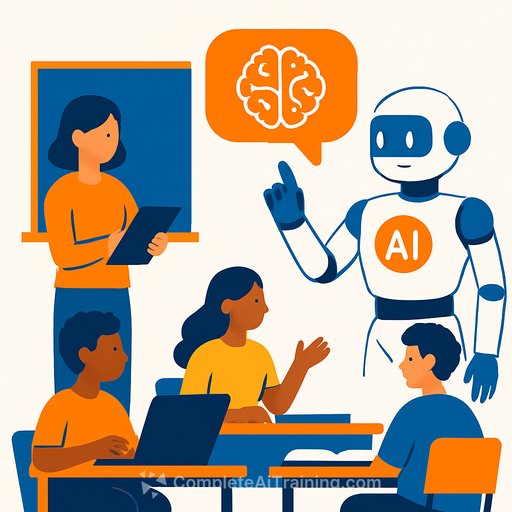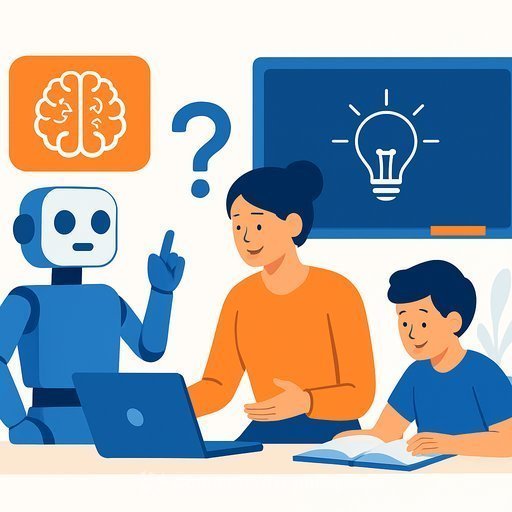Study Reveals AI’s Impact on Brain Activity as Ohio State Requires AI Fluency
A recent study from the Massachusetts Institute of Technology (MIT) highlights potential concerns about how AI tools like ChatGPT affect brain activity during writing tasks. Meanwhile, Ohio State University (OSU) is moving forward with a plan to train all incoming freshmen to be fluent in AI, embedding these skills into their core undergraduate curriculum without prior research on AI’s impact on learning.
Key Findings from the MIT Study
MIT researcher Nataliya Kosmyna and her team conducted a study involving 54 college students who were divided into three groups. Each group completed SAT-style essays under different conditions: one group used only ChatGPT, another used search engines, and the third relied solely on their own knowledge.
The essays were simple prompts like “Is there a perfect society?” or “What is happiness?” and students had just 20 minutes per essay. Brain activity was monitored during the writing process, revealing that students using ChatGPT exhibited the lowest neural activity. These students also struggled to recall their own essays afterward.
English teachers, unaware of the method used, rated the AI-aided essays as unoriginal or “soulless.” The study also included a follow-up session where students who initially used ChatGPT had to write essays independently. These students showed increased brain activity, suggesting the timing of AI tool introduction matters. When students first engage deeply with material on their own, AI might enhance learning later on.
Ohio State’s AI Fluency Initiative
Ohio State University has decided to require all incoming freshmen to become fluent in AI tools, aiming for students to graduate with a strong grasp of AI usage, critical thinking, and innovation. However, OSU did not conduct formal research on how AI impacts learning before launching this initiative.
Anika Anthony, OSU’s Vice Provost for the Michael V. Drake Institute for Teaching and Learning, explained the urgency to integrate AI due to its widespread use among students—estimates suggest 70% to 100% of students already use AI in some form. The university is creating guardrails and an evidence-based approach to monitor how AI affects education.
Faculty will track student outcomes to determine the program’s effectiveness, with an initial report expected by December. Anthony emphasized that teaching AI skills is necessary despite concerns about “cognitive debt” — the risk that AI might reduce students’ mental effort and learning depth.
Balancing AI Use and Learning Quality
While outright banning AI is not seen as a solution, more research is needed to understand its benefits and risks fully. Kosmyna stresses the importance of foundational learning—practice, repetition, and making mistakes—to develop genuine expertise. She also calls for studies across different age groups, expressing particular concern about younger students in K-12 settings using AI tools prematurely.
The MIT study serves as an early warning that AI can reduce active cognitive engagement during learning tasks. However, it also shows potential for AI to support learning if introduced at the right stages and combined with solid foundational knowledge.
What Educators Should Consider
- Monitor how AI tools affect student engagement and comprehension.
- Incorporate AI training alongside traditional methods to build foundational skills first.
- Create clear guidelines and guardrails for AI use to prevent over-reliance.
- Support ongoing research to evaluate AI’s educational effects across different age groups.
Those interested in building practical AI skills can explore specialized courses on platforms such as Complete AI Training, which offers resources tailored to various skill levels and career paths.
As AI becomes a standard part of education, balancing its use with active learning will be key to ensuring students develop meaningful expertise without losing critical thinking skills.
Your membership also unlocks:






